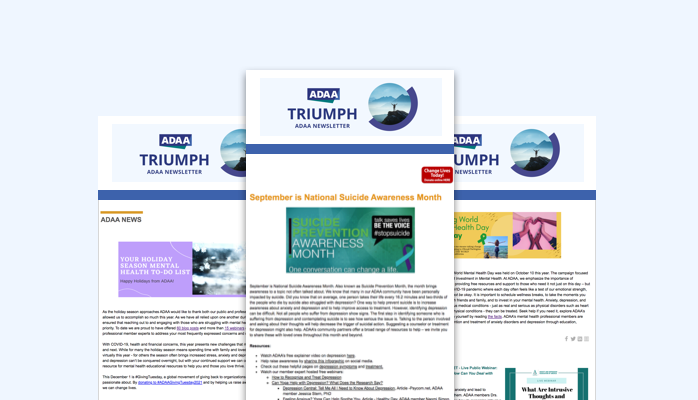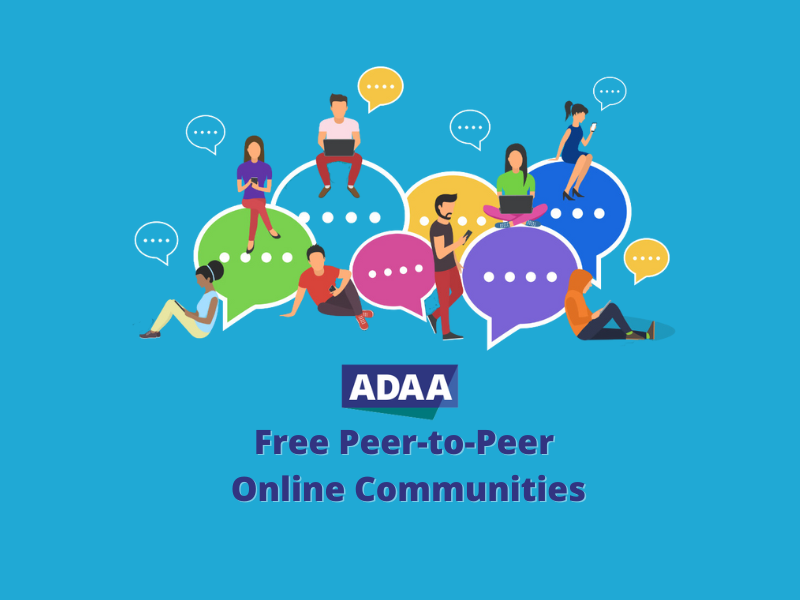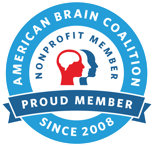Treating Perinatal Mood Disorders Using Behavioral Activation Psychotherapy
Treating Perinatal Mood Disorders Using Behavioral Activation Psychotherapy

Postpartum mood disorders are among the most common and debilitating mental health problems in the U.S. (1-2), with the capacity to interfere with maternal function, infant health (3-4), and maternal-infant bonds (5). There are unique concerns that clinicians and patients should know to recognize and treat these conditions. In my recent ADAA continuing education webinar, I discuss the structure and techniques of an effective behavioral intervention for perinatal depression. https://adaa.org/webinar/professional/using-behavioral-activation-treatment-treat-perinatal-mood-disorders
What is a perinatal mood disorder? Perinatal mood disorders refer to mood and anxiety symptoms that emerge during pregnancy and up to one year postpartum. Mood symptoms range from low to high intensity. Up to 8 of 10 women report the ‘baby blues’ with fatigue, irritability, and mood changes between Days 5 to 14 postpartum. About 1 in 7 women in postpartum report clinical depression (6) with either pervasive sadness and/or disinterest, and three or more symptoms (guilt, intense anxiety, irritability, fatigue, changes in appetite, excessive worry about the baby’s health, and suicidal thoughts). Notably, about one fifth of women diagnosed with postpartum depression actually have bipolar disorder, which includes mania or hypomania and depression. Finally, about 1/1000 women suffer psychosis with delusions and hallucinations in postpartum, typically requiring hospitalization. Here are two websites that help to sort out what symptoms you have and whether you need to seek a clinical assessment. https://www.nimh.nih.gov/health/publications/postpartum-depression-facts/index.shtml
http://www.postpartumprogress.com/the-symptoms-of-postpartum-depression-anxiety-in-plain-mama-english
How do I detect depression in peripartum? Identifying depression in pregnancy and postpartum can be challenging, but the reliance on a standard measure of depression will help. To address this, we established a depression screening protocol at Northwestern Medicine in our OB/GYN Department. All OB/GYN patients who receive peripartum care complete the Patient Health Questionnaire (http://www.cqaimh.org/pdf/tool_phq9.pdf)(7). Patients complete this questionnaire twice in pregnancy and once during postpartum, each time producing a score that reflects depression severity. Our clinicians use that score to guide the patient’s needs for education and treatment. For example, we recommend that our moms seek care with a perinatal specialist or support groups when their PHQ9 score is higher than 9. Here is several websites to locate clinical care: http://www.postpartumprogress.com/womens-mental-health-treatment-programs-specialists-us-canada-australia and http://www.postpartum.net/.
How does the Behavioral Activation psychotherapy work? Though some medications can be taken during pregnancy and postpartum, most moms in the perinatal phase express a preference for flexible and effective psychotherapy that addresses their unique treatment needs. These needs include adaptation to new routines, response to unexpected infant reactions (crying, getting ill) and aversive situations (diapers, tedious routines), fewer opportunities for positive reinforcement (either from infant, self or other) and barriers to reward and self-care. The Behavioral Activation model proposes that reduced opportunities for reward and reinforcement (e.g., increasing a behavior after a positive consequence) along with unpleasant situations challenge a mom’s ability to experience competency and pleasure. The emotions and habits -- specifically avoidance -- (8) that moms use to cope with these challenges work in the short-term, but create secondary problems and worsen symptoms. One ‘talk’ therapy has focused exclusively on altering these reflexive avoidance responses in depression, specifically, Behavioral Activation (BA) treatment for depression. As learning occurs in psychotherapy, BA for perinatal depression aims to modify a mom’s behavior and context to reduce depressive symptoms.
Are there BA-specific strategies? A mother who participates in BA would meet with a clinician to learn skills that are focused on goals, overriding their ‘mood-driven’ behavior. Moms learn to monitor daily activities towards building goals of enjoyment and mastery -- we call them GEMs. They detect the situations and the function of their avoidance and alter their avoidance with strategic coping. Goals are sought in a step-wise fashion as if they were climbing rungs on a ladder. They replace reflexive moods with goals and rumination with situational awareness. In summary, BA for perinatal depression can offer significant treatment effects for depression pregnant and postpartum women (9-10). Using a learning therapy, like BA, is likely address some of the unmet treatment needs of women with postpartum mood disorders.
If you’d like more information on treatment and research in perinatal mood disorders, please refer to our Northwestern Medicine website, http://www.feinberg.northwestern.edu/sites/asher-center/index.htmlds the goal of developing an effective treatment for depression.
References
1. U.S. Department of Health and Human Services, Health Resources and Services Administration. Women’s Health USA 2005. Rockville, Maryland: U.S. Department of Health and Human Services, 2005.
2. Vesga-Lopez, O., Blanco, C., Keyes, K., Olfson, M., Grant, B. F. & Hasin, D. S. (2008). Psychiatric disorders in pregnant and postpartum women in the United States. Archives of General Psychiatry 65, 805-15.
3. Taveras, E. M., Capra, A. M., Braveman, P. A., Jensvold, N. G., Escobar, G. J. & Lieu, T. A. (2003). Clinician support and psychosocial risk factors associated with breastfeeding discontinuation. Pediatrics 112, 108-15.
4. McLearn, K. T., Minkovitz, C. S., Strobino, D. M., Marks, E. & Hou, W. (2006). Maternal depressive symptoms at 2 to 4 months post partum and early parenting practices. Archives of Pediatrics & Adolescent Medicine 160, 279-84.
5. Tikotzky, L. (2016). Postpartum maternal sleep, maternal depressive symptoms and self-perceived mother-infant emotional relationship. Behavioral Sleep Medicine 14, 5-22.
6. Gavin, N. I., Gaynes, B. N., Lohr, K. N., Meltzer-Brody, S., Gartlehner, G., & Swinson, T. (2005). Perinatal depression: A systematic review of prevalence and incidence. Obstetrics and Gynecology, 106(5 Part 1), 1071–1083.
7. Kroenke, K., Spitzer, R. L., & Williams, J. B. (2001). The PHQ-9: Validity of a brief depression severity measure. Journal of General Internal Medicine, 16, 606–613. http://dx.doi.org/10.1046/j.1525-1497.2001 .016009606.xRosebrock, L., Hoxha, D. & Gollan, J. (2015). Affective reactivity differences in pregnant and postpartum women. Psychiatry Research 227, 179-84.
8. O’Mahen H., Richards D. A., Woodford J. Wilinson, E., McGinley J, Taylor, R.S., Warren, F.C. (2014). Netmums: a phase II randomized controlled tiral of a guided Internet behavioural activation treatment for postpartum depression. Psychological Medicine, 44(8):1675-1689.
9. Dimidjian, S., et al., A pragmatic randomized clinical trial of Behavioral Activation for depressed pregnant women. (2017). Journal of Consulting and Clinical Psychology, 85(1), 26-36.












